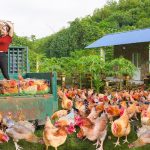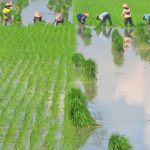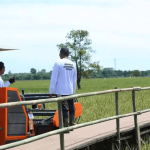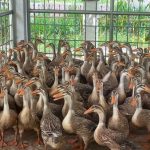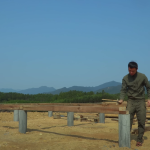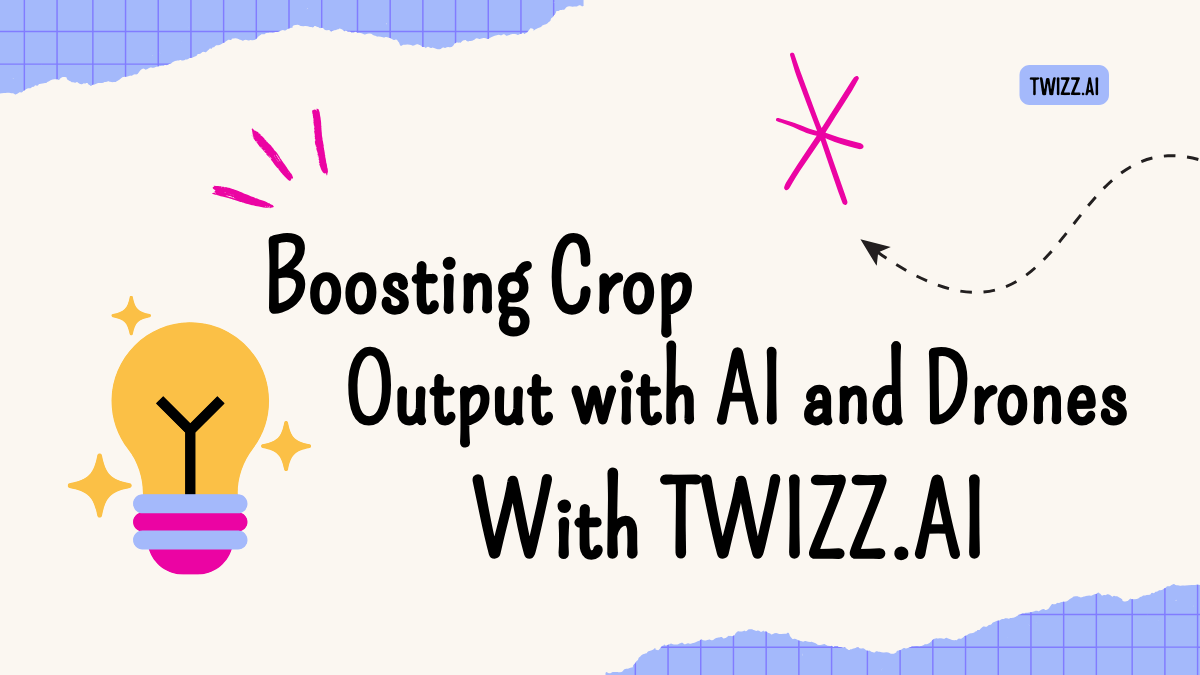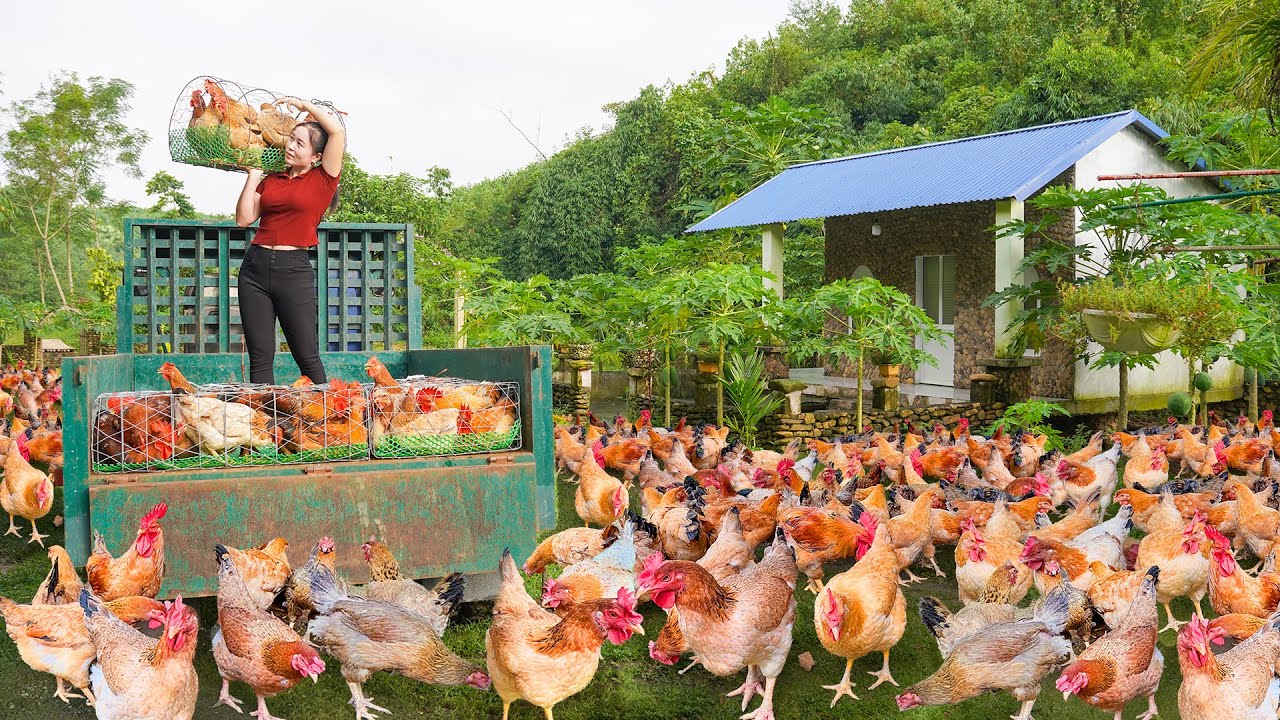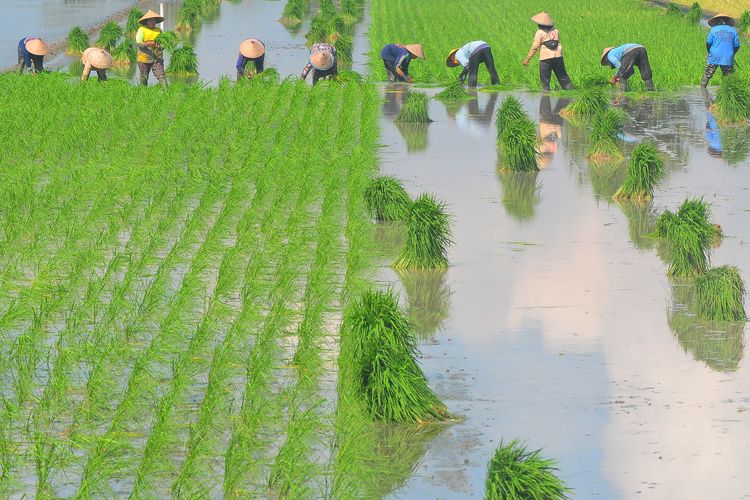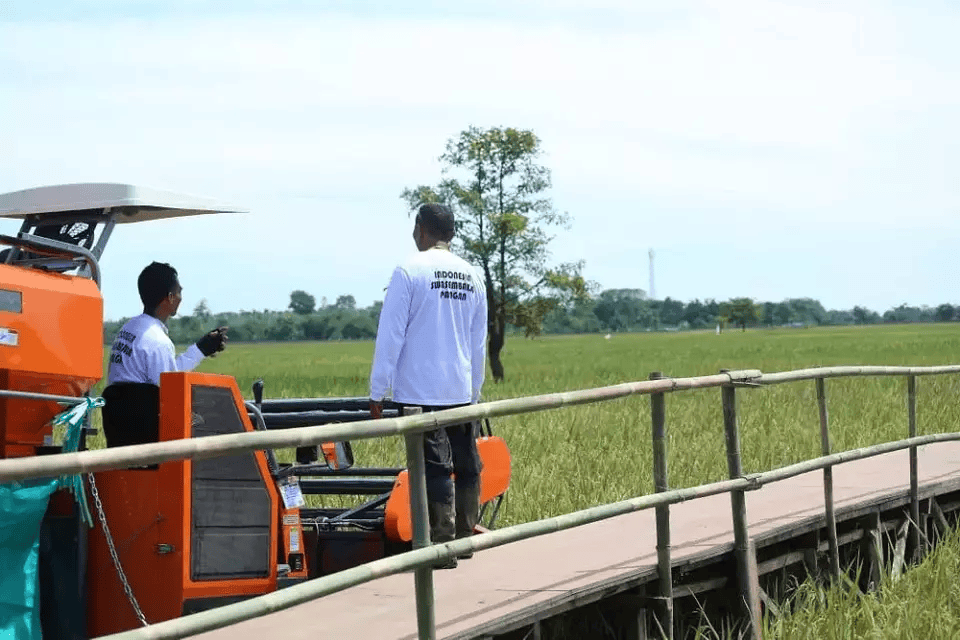Precision Agriculture Using Drones and AI to Maximize Crop Output
Overview of Precision Farming Evolution
In recent seasons growers have embraced precision agriculture to transcend the one size fits all paradigm. By applying aerial robotics and artificial intelligence to agronomic datasets farmers optimize inputs and boost productivity while conserving resources. This document dissects key technologies and offers hands on guidance for expert practitioners.
Drone Enabled Data Acquisition
Multispectral and Hyperspectral Imaging
Unmanned aerial vehicles equipped with multispectral cameras capture discrete bands of light beyond human vision. Reflectance signatures in near infrared and red edge frequencies reveal plant vigor indices such as NDVI and PRI. Hyperspectral sensors extend analysis across hundreds of continuous bands enabling early detection of nutrient deficiencies or disease loci.
LiDAR and Topographic Mapping
Light detection and ranging payloads mounted on rotary or fixed wing drones generate centimeter scale point clouds. Terrain models derived from these data inform water flow simulations and field leveling operations. Microrelief maps guide precision tillage and canal placement to mitigate erosion.
Thermal Infrared Surveillance
Thermal cameras map canopy temperature patterns indicating water stress or stomatal closure. By overlaying thermal maps with irrigation zones farmers can recalibrate drip or pivot schedules to match real time evapotranspiration demands.
AI Driven Data Analytics
Machine Learning for Anomaly Detection
Crop health datasets streamed from drones feed convolutional neural networks trained to recognize aberrations such as chlorosis wilting or pest infestation. These models flag suspicious areas and generate geofenced task lists for ground teams.
Predictive Yield Modeling
Integrating historical yield maps with current season sensor readings and weather forecasts AI models project final harvest volumes at the subfield scale. This enables logistical planning for storage and market timing, reducing spoilage.
Recommendation Engines
Decision support systems synthesize soil maps, nutrient assays and crop calendars to recommend variable rate seeding and fertilization prescriptions. Algorithms continuously refine themselves as actual yield outcomes are reported.
Data Fusion and Farm Management Systems
Farm Information Management Software
Centralized platforms ingest drone survey outputs, satellite imagery and IoT soil sensor streams. These systems visualize layered maps and allow custom report generation for compliance and traceability.
Edge to Cloud Connectivity
Low latency edge compute units preprocess imagery on site to flag critical alerts. Compressed summaries transmit to cloud repositories while raw datasets archive for in depth analysis.
Case Study of Adaptive Spraying
On a 500 hectare operation in southeastern Spain drones performed weekly surveys of olive orchards. AI models pinpointed early signs of Verticillium wilt. Autonomous sprayers then performed targeted microdoses of biocontrol agents under canopy. As a result fungicide use dropped by 70 percent and yields improved by 12 percent year over year.
Tips and Tricks for Implementation
1 Start with a Pilot Zone establish a one hectare trial area to test drone flight plans and AI model accuracy
2 Calibrate Sensors regularly perform ground truth sampling to validate spectral indices against leaf chlorophyll measurements
3 Invest in Training for pilots and data scientists to ensure smooth coordination between flight operations and analytics teams
4 Leverage Open Standards use interoperable data formats such as GeoTIFF and LAS for seamless integration across platforms
5 Automate Routine Missions schedule automated flights with waypoints adjusted for crop growth stage and sun angle
6 Monitor Regulatory Changes track evolving drone regulations including no fly zones and data privacy statutes
Overcoming Common Challenges
Data Overload
High resolution surveys generate terabytes of imagery. Implement data lifecycle policies to purge outdated layers and retain only actionable insights.
Energy Constraints
Extended flight durations require efficient battery management. Use swappable battery racks and plan missions during optimal weather windows.
Model Drift
AI models may lose accuracy as seasons and varieties change. Incorporate active learning by retraining with new labeled datasets each harvest.
Future Prospects and Innovations
Swarm Intelligence in Field Surveillance
Coordinated flocks of microdrones may perform synchronized surveys, reducing mission time and providing real time redundancy for sensor failures.
Integration with Robotics
Seamless links between aerial scouts and ground robots could enable end to end automation from detection through mechanical weeding or precision pollination.
Digital Twin of the Farm
High fidelity virtual replicas drawing on drone and sensor data will allow scenario simulation—ranging from extreme drought to market shifts—before making costly field decisions.
Conclusion
Precision agriculture harnessing drones and AI transforms crop management from reactive to anticipatory. Expert operators who master sensor calibration, data fusion and machine learning gather yield advantages and resource efficiencies. As technologies converge the barrier to entry lowers, paving the way for more resilient and productive agrarian systems.
